Some dreams are juxtapositions: headwork that a psychologist friend says are just “working out what we could not resolve in the day”. A few dreams are outright scary. Most dreams we can barely remember our sleeping heads having worked through. But some dreams become waking desires. We know those dreams are real because we keep casting our sights by them in some vague way. Do you know what I mean? When vague desire becomes purposeful steps, we are walking with the writers and travelers of the Psalms of Ascent.
We are in the 3rd triplet now of this 15 Psalm progression (see my last 6 posts). The first triplet’s theme was ENTRY, the second: TEST. This third has a more internal nature. I’ll give it a name once we’ve walked through all three in this set, for we are definitely heading somewhere — but sometimes it feels murky.
This Psalm begins with a historical reference, dating this Psalm after Israel’s exile “when the Lord brought back the captive ones of Zion”. The writer says “we were (then) like those who dream…” He goes on with language which bursts with the realization that their corporate dream had became reality. But the last 3 verses of this Psalm express the same dream into present circumstance; it is therefore an ongoing need. The Psalmist now is “sowing tears”, “going to and fro”…carrying only seed. However the Psalm ends with an expectation of confidence; it’s a statement of trust. If real resolution came once before, it can come again.
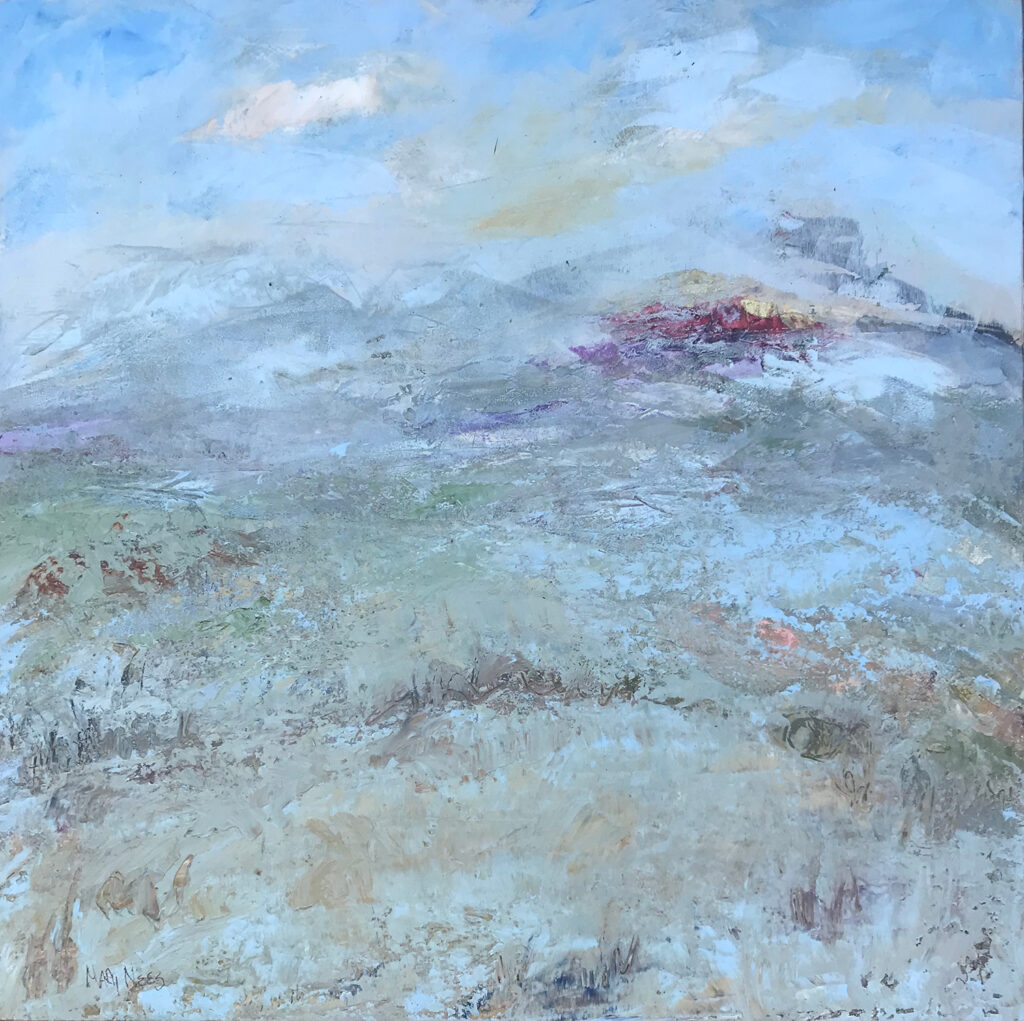
Everyone has things they long for which are yet unrealized. Time tests whether that longing is a dangling shiny object or a much more substantive need.
All our dreams are a kind of aspiration, but some are rooted in confident hope which has been seeded by something ultimate which is beyond our scope. So it was, and so it continues in these Psalms.
A song of ascents.
126 When the Lord restored the well-being of Zion,
we thought we were dreaming.
2 At that time we laughed loudly
and shouted for joy.
At that time the nations said,
“The Lord has accomplished great things for these people.”
3 The Lord did indeed accomplish great things for us.
We were happy.
4 O Lord, restore our well-being,
just as the streams in the arid south are replenished.
5 Those who shed tears as they plant
will shout for joy when they reap the harvest.
6 The one who weeps as he walks along, carrying his bag of seed,
will certainly come in with a shout of joy, carrying his sheaves of grain.
New English Translation
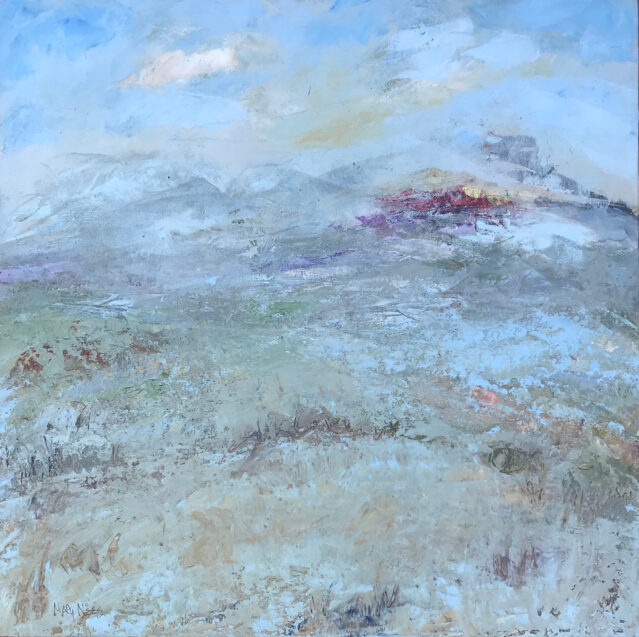
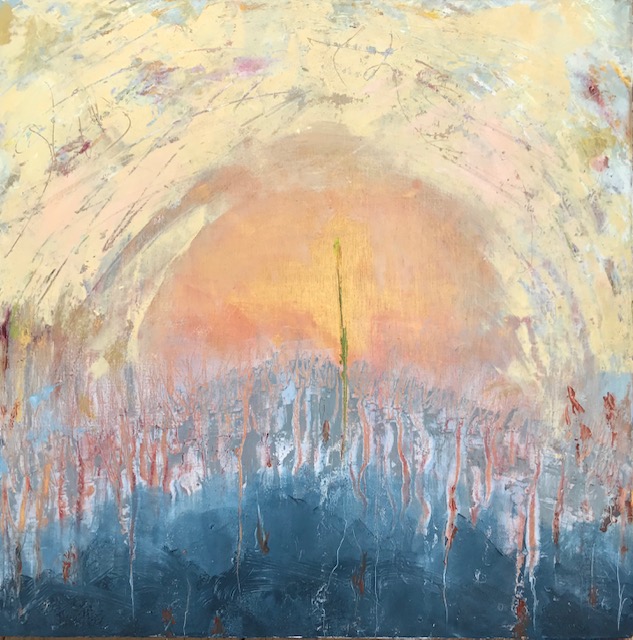
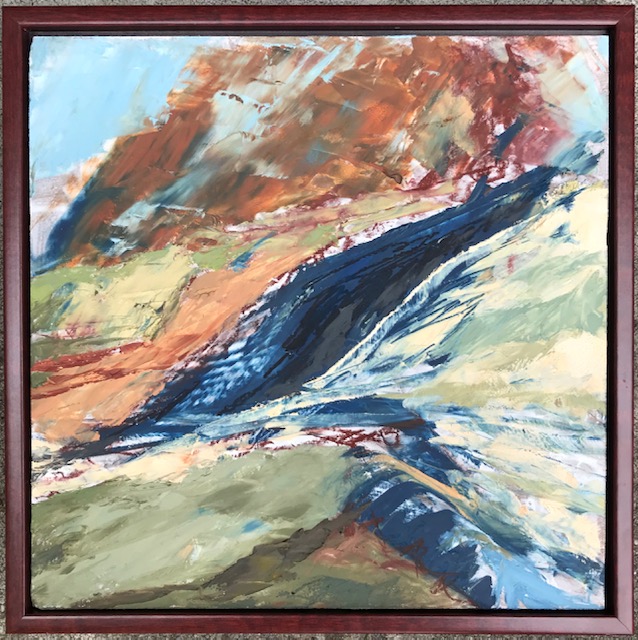
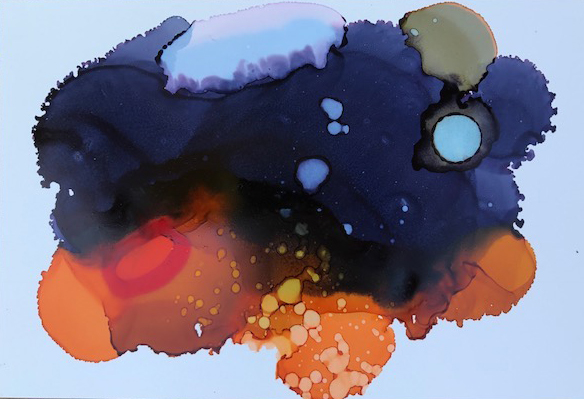

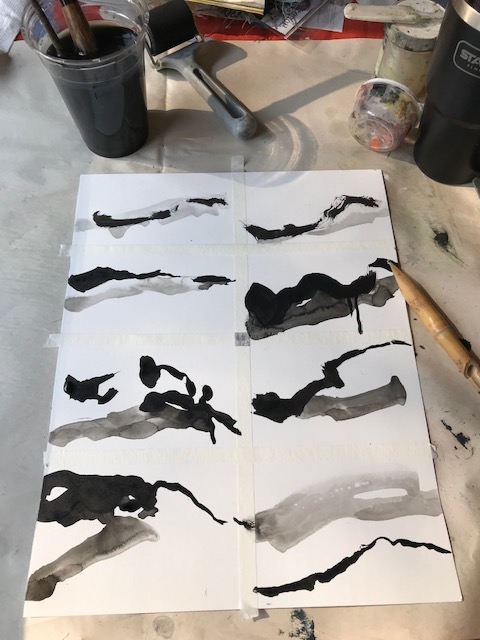

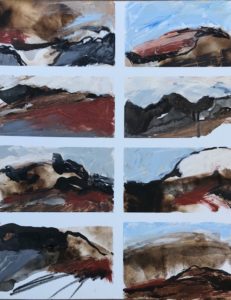
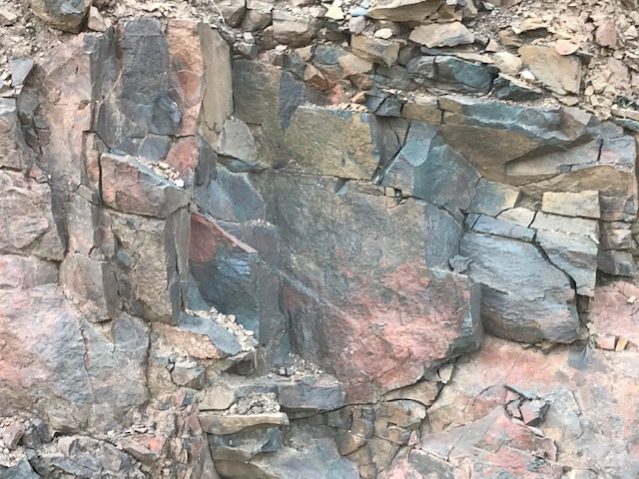
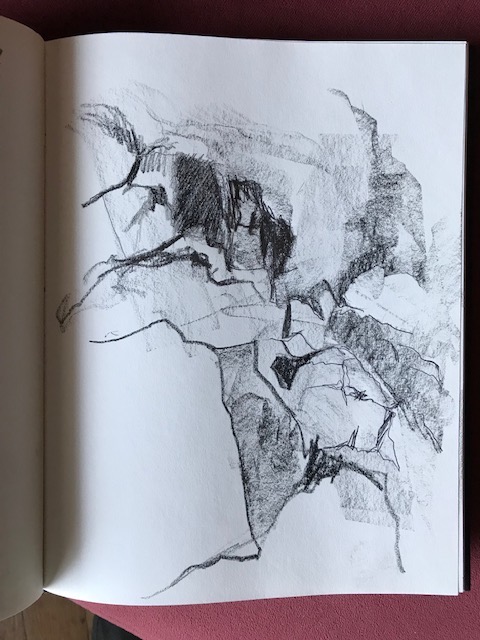
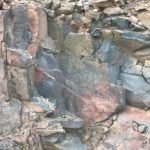
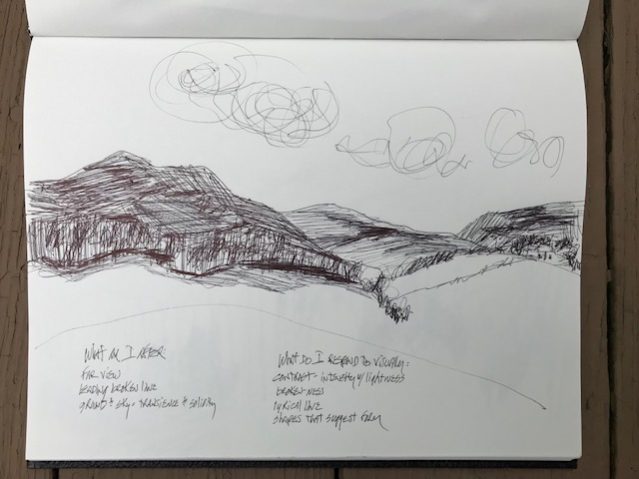
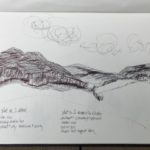


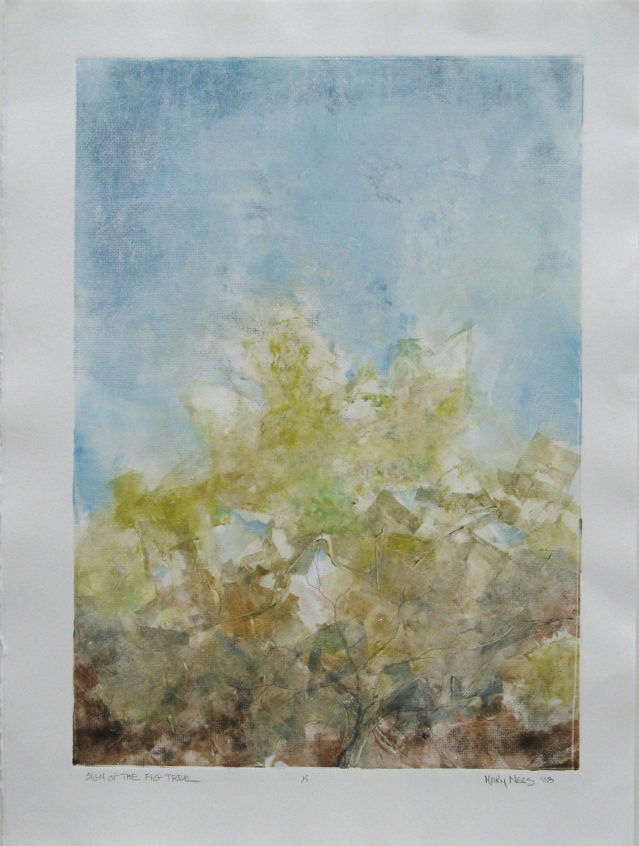

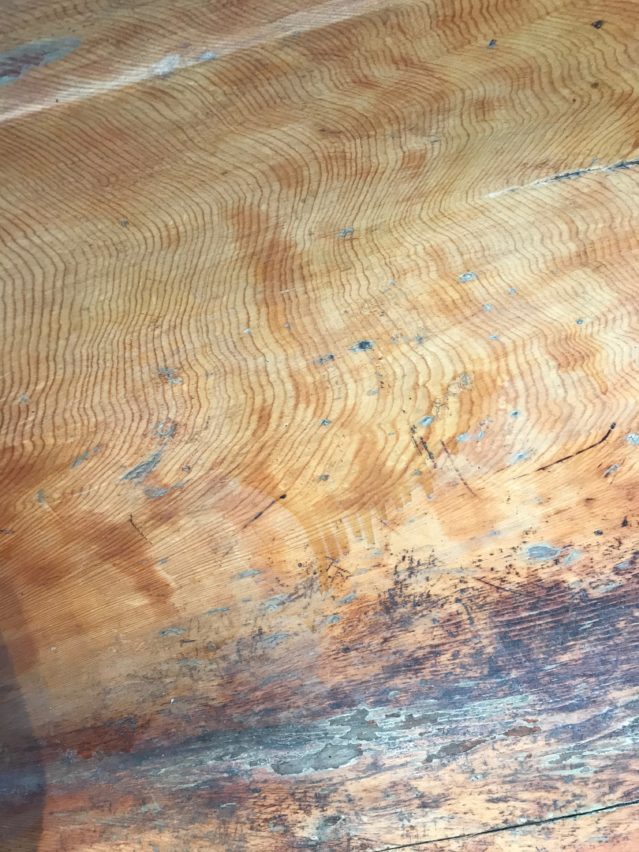
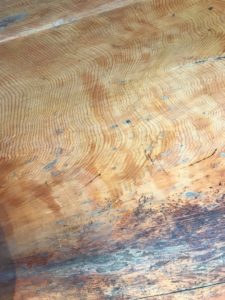 The floor of a red cedar canoe, in the Museum of Anthropology at the University of British Columbia quietly testifies to its own story. Once standing tall and alone in a rain forested wood fringing the Pacific, it was scope-ed out then heavily laid down. Done. Cut off from its nourishment; it was then gouged, steamed and stretched by the hands of others. Soon it was deemed seaworthy, buoyant and bearing. It was now a thing, not a living thing. This lovely tree was un-noticed until it was found useful for the ends of others. It is said that the first nation Indians were careful with trees, making only single slits in bark to preserve a tree’s life.
The floor of a red cedar canoe, in the Museum of Anthropology at the University of British Columbia quietly testifies to its own story. Once standing tall and alone in a rain forested wood fringing the Pacific, it was scope-ed out then heavily laid down. Done. Cut off from its nourishment; it was then gouged, steamed and stretched by the hands of others. Soon it was deemed seaworthy, buoyant and bearing. It was now a thing, not a living thing. This lovely tree was un-noticed until it was found useful for the ends of others. It is said that the first nation Indians were careful with trees, making only single slits in bark to preserve a tree’s life.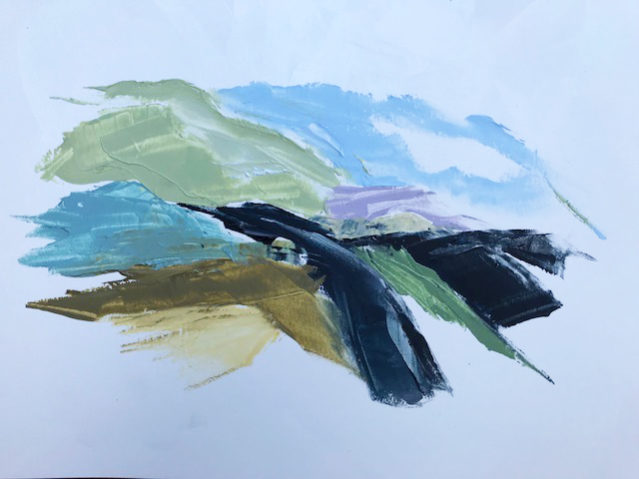
 Lord, You have been our dwelling place in all generations.
Lord, You have been our dwelling place in all generations.